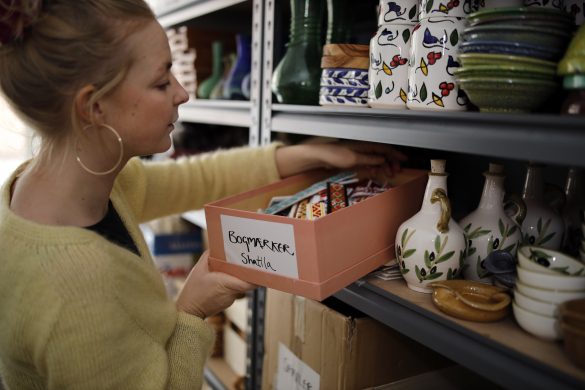Despite increases in official direct assistance (ODA – statslig bistand)) to developing countries, much of the funds have been used to pay off debt, rebuild after conflicts and natural disasters, and assist people affected by humanitarian crises, according to a new UN report which calls on international donors to pay closer attention to the composition and quality of aid in order to correct the problem.
Developing countries are not much better off today as that “the amount of aid going into development projects last year remain at the same level as in 1990,” Mr. Ocampo said in launching the World Economic and Social Survey 2005 in New York Tuesday.
For this reason, he said, it is important for the international community to carefully monitor that increases in promises of aid will effectively reach development projects in the poorest countries.
The report calls for targeting and distributing aid in a sustained, strategic fashion to build national capacities and fulfil the human needs addressed by the Millennium Development Goals (MDGs).
The Survey also found that ODA should be increasingly channelled through recipient country budgets, so that the “budget process, planning process, and parliamentary scrutiny” of the countries can come into play, Mr. Ocampo said. At present, according to estimates only about one-fourth of ODA is channelled in this manner.
In addition, international aid donors need to better manage the “strongly cyclical patterns of their financial flows” that can wreak “harmful economic side effects” on developing countries,” and countries should borrow in their own currency so that they will not be adversely affected by huge variances in world currency exchanges, he added.
Mr. Ocampo said that the concentration of capital flows to a handful of “darling” countries to the detriment of aid “orphans,” the poorest countries, would need to be rebalanced in order to reach the MDGs and other internationally agreed-upon development goals.
He noted that in addition to the increasingly home-grown technical assistance in developing countries, many now also had their own development banks, research funds, and micro-economic policy coordinators.
This is an outgrowth of the growing importance of South-South aid in improving development projects, and have a positive impact on the total debt picture of developing nations.
Kilde: FNs nyhedstjeneste














